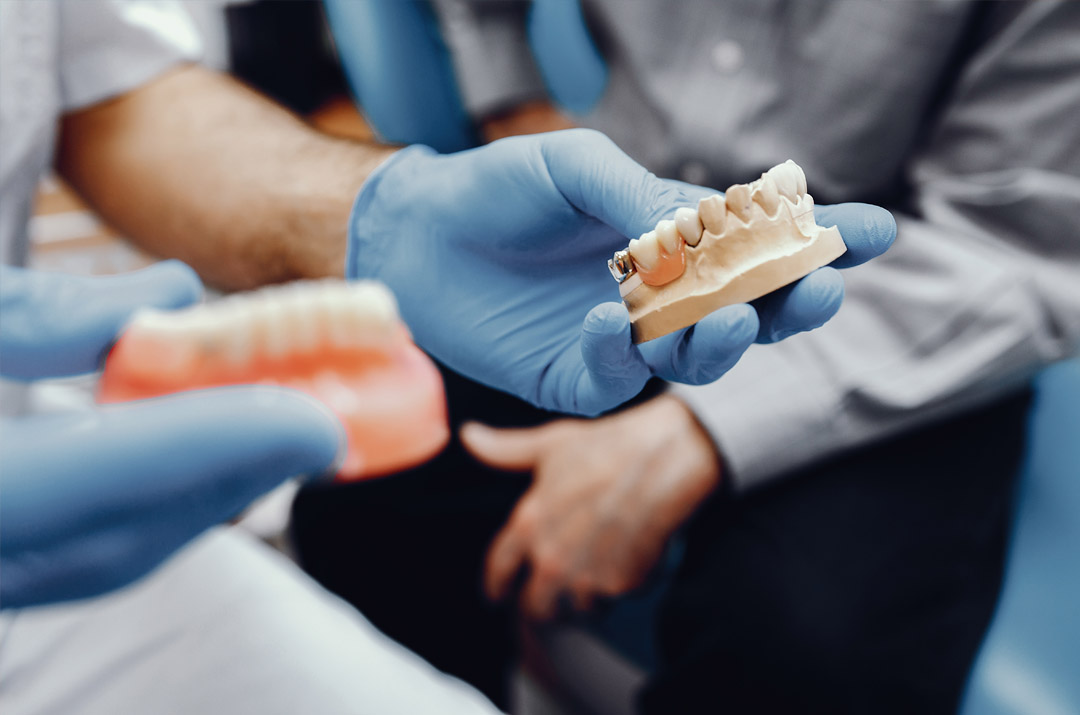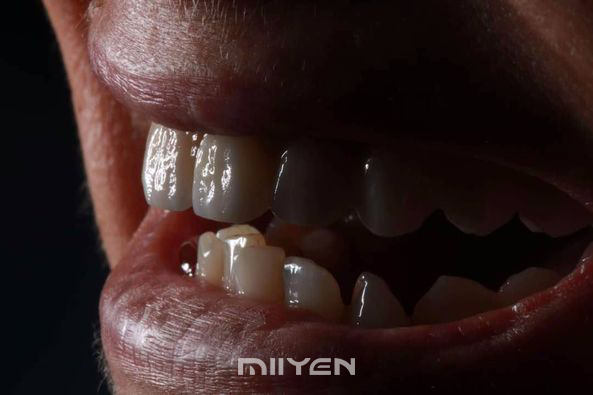-
Email : mike.zhang@baot.biz
Email : mike.zhang@baot.biz

Image by prostooleh on Freepik
Zirconia Crown Preparation Guide
Since the introduction of zirconia materials into the dental field, the process of making dental zirconia blocks has continued to improve. By introducing a more comprehensive array of milling discs, the characteristics of dental zirconia blocks have been significantly improved, and the color tone has changed, making the denture transparent and natural teeth resemble. In addition to aesthetic improvements, zirconia achieves durable, high-strength, high-precision physical properties. With its metal-free advantages and advanced technology, zirconia has increasingly become the preferred repair material for patients and doctors.
Why tooth preparation design is important
The preparation design can find and eliminate the sharp edges of the crown and reduce the stress on the crown, which can reduce the risk of cracking and restore the excellent strength of the material.
Guidelines for the preparation of anterior zirconia crowns
When preparing zirconia anterior crowns, you need to ensure that there is enough room for a wall thickness of at least 0.3 mm, ideally 1.0 to 1.5 mm, or 1.8 to 2.0 mm incisal reduction. The gingival margin should have a continuous circumferential chamfer, no bevels should be used. The occlusal and vertical surfaces of the teeth should have an angle of approximately 5°, all incisal edges should be rounded, and the lingual side of the front teeth should be reduced with a football diamond to form a concave tongue.
Guidelines for the preparation of posterior zirconia crowns
When preparing teeth for posterior zirconia crowns, you need to ensure there is enough room for a wall thickness of at least 0.5mm, ideally a 1mm to 1.5mm or 1.5 to 2mm occlusal reduction. The preparation should taper between 4° and 8°. It also needs to have a visible and continuous circumferential chamfer and needs to be reduced by at least 0.5mm at the gingival margin. Just like preparing anterior crowns, bevels are not recommended. Make sure all bite edges should be rounded.
Guidelines for the preparation of full-contoured zirconia crowns
For full-contour monolithic zirconia crowns, there should be an occlusal depth cut of 1.0 to 1.5 mm. You will want to ensure a functional cusp reduction of 1.0 to 1.5mm, gingival chamfer reduction of 0.5mm, axial wall taper of 6 to 8 degrees, and a functional cusp 1/3 reduction of 1.0mm. Prepare a 0.3 to 0.5 mm chamfer for the edge design for more precise grinding of pre-sintered zirconia.
Layered or holistic repair
For restorations in the aesthetic area, zirconia crowns that are layered on the face or fully layered will provide the best results. In the past few years, zirconia layering technology has improved significantly. As a result, zirconia crowns with advanced layered structure technology have a reduced risk of chipping or fracture on the occlusal surface or incisal end.
Consolidation and completion of zirconia restorations
When assembling and bonding zirconia restorations, it is often necessary to trim the edges. Excess cement must be removed to avoid plaque formation, which can lead to tooth sensitivity and periodontal disease. The gingival margin can be trimmed with a non-cutting, safe trimming bur to protect the soft tissue. Although these adjustments may slightly roughen the surface of a zirconia restoration, it is easy to polish, resulting in an exceptionally smooth surface.
If adjustments are required, fine diamond burs suitable for zirconia restorations are recommended. Excessive heat or sparks can cause micro-fractures in the zirconia crown, and it is recommended to use as little pressure as possible to reduce the heat generated, and water when adjusting will also help keep the restoration cool.

Tags :